Sara Newens & Mina T. Son: Top Spin

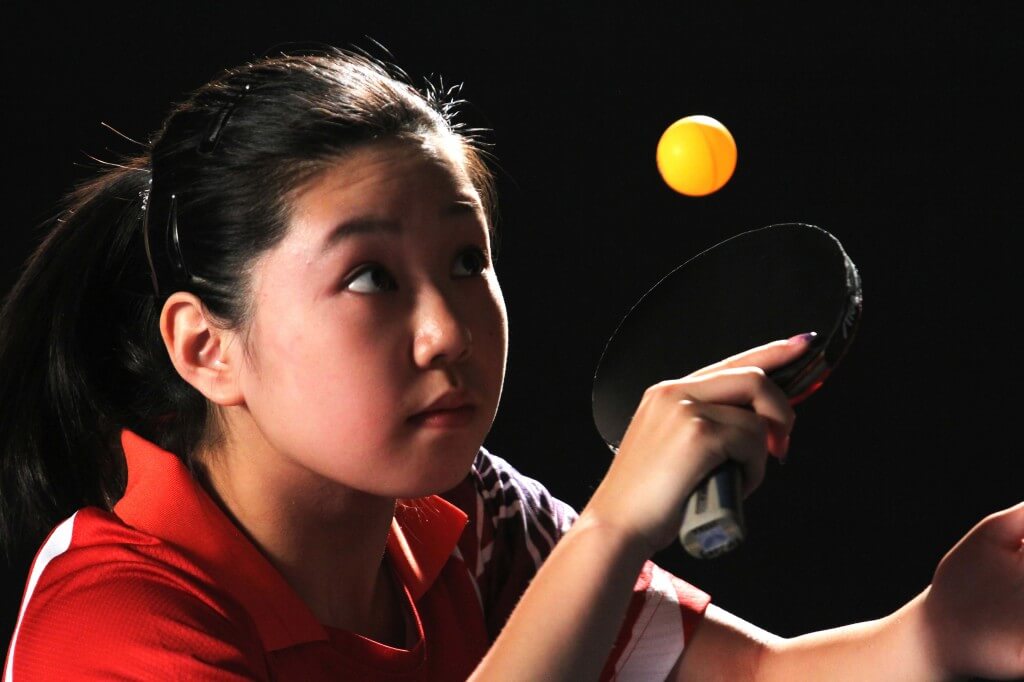
Sara Newens and Mina T. Son premiere Top Spin, a feature length documentary film, this weekend at DOC NYC. The film follows three American teens as they battle their way through the world of competitive table tennis with their hearts set on the Olympics. Newens is a documentary filmmaker and editor with over a decade of experience in New York and San Francisco. Mina T. Son is a Los Angeles-based Korean American filmmaker. Together, they have created an incredible film offering a glimpse into a relatively unknown professional sport that will resonate with anyone who has had a childhood dream of competing on a global level.
Tell me about the origins of the film. How did you first meet Ariel, Lily, and Michael?
MS: We first met Ariel in 2010 when Sara and I made a short about her while getting our MFA in Documentary at Stanford University. It was during this time that we also met Lily since the two girls trained together. They were so young; just 14 and 13 years old! Around the same time, we also heard about Michael because he had become the youngest U.S. Men’s Champion the year before. People responded really positively to the short, so we knew there was potential for a bigger project and in 2011, we decided to make this our first feature-length documentary. There was an inherent narrative arc because everybody was gearing up for the 2012 Olympics in London and we liked the unique angle of following athletes still in high school. So right after graduation, we raised production funds through Kickstarter and the next thing you know, we’re filming Michael in China.
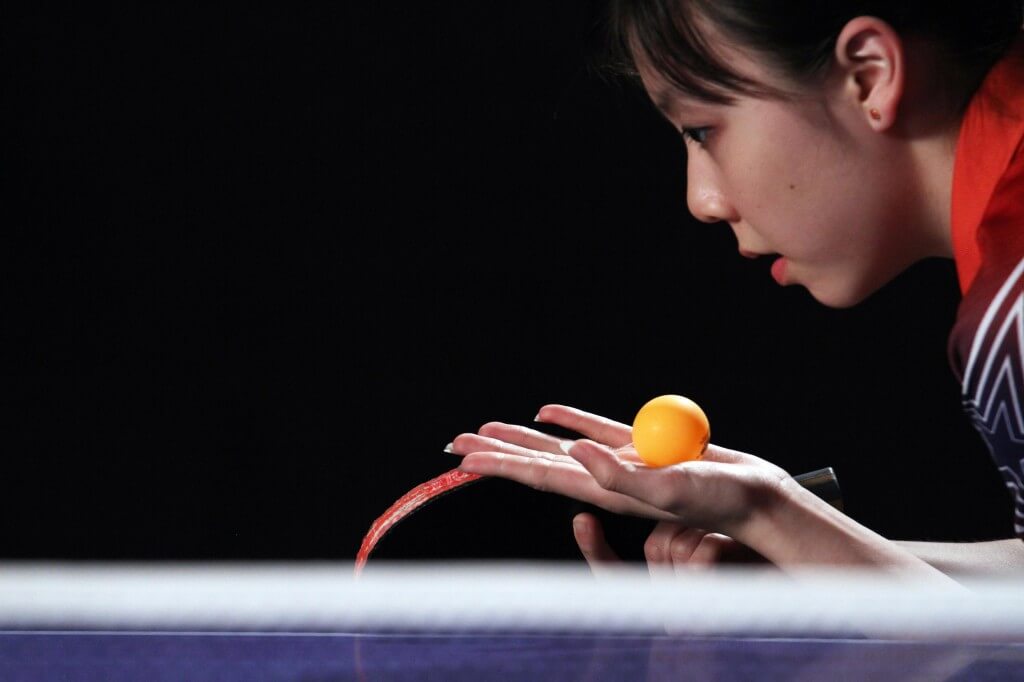
There are some moments in the film where Ariel and Lily are balancing their friendship and professional rivalry. Did you see that coming about slowly? When did that become noticeable or worth exploring?
MS: Our original vision for the short included both Ariel and Lily because even back then we were interested in exploring their friendship and rivalry. But there was only so much we could include in an 11 minute short and I think we had scheduling difficulties with Lily as well. It’s a really interesting dynamic… there’s obviously going to be a special connection because they’re able to relate to one another in ways that they can’t with school friends or parents. But on the other hand, they’re fierce rivals so there has to be some distance, too. We were really interested in learning how they juggled these sorts of feelings and emotions.

The film is highly entertaining with a competitive arc in the narrative. The viewer enters the world of competitive table tennis – the scoring, the training, the strategy, and global arena of players. How much did you learn about the sport in the process of making the film?
MS: We learned so much and became huge fans of the sport! Of course we learned things like rules and some of the more technical aspects, but we especially enjoyed meeting all the wonderfully unique and interesting people who inhabit the world of competitive ping pong.
SN: All of the aspects you mention were a large part of the reason why we wanted to make a film about the table tennis world. It’s an incredibly nuanced sport that most people in the U.S. haven’t seen at this level before. And when we saw these kids’ dedication and training (up to six hours a day), we knew it was an opportunity to showcase an underexposed sport – and possibly even demystify some of the myths about it just being a basement sport, or only popular in China.
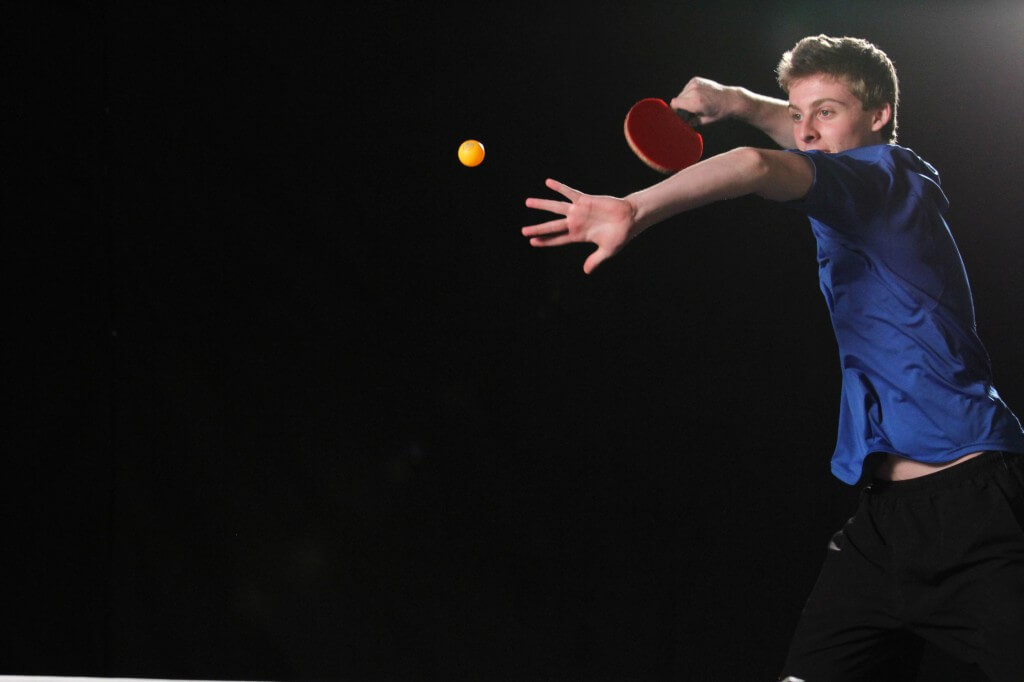
Ariel, Lily, and Michael are child athletes and so, in part, this film is about childhood. Michael’s father says that very few people get to “follow their dreams”. Are these also the shared dreams of the parents as well? How do you feel like the dreams of the child and the dreams of the parents differ in the film?

MS: I think what all parents want for their child is for him or her to be happy, and so naturally a child’s goals and dreams can become shared in the process. But I don’t think Ariel, Michael or Lily were living out someone else’s dreams. It was very clear to us that this was something they all individually wanted and their parents were going to support them the best they could.
Tell me about the production schedule for Top Spin. What were the major events / challenges along the way?
SN: Almost every shoot felt like a major event since it involved so much travel! We filmed in China, Germany, Mexico, London, and all over the U.S. I’ll never forget when Mina suggested that we go to Mexico for the Pan American Games, which was technically the first qualifier for the Olympics. I think we booked our plane tickets 3 days before leaving — and that event didn’t even make it into the film! Also, our China trip completely hinged on the success of our first Kickstarter campaign, which we launched about a week after finishing grad school. Fortunately, we reached our goal after 10 days and then two weeks later we were on a plane to Beijing so that we could film our subjects training over the summer. I don’t think we’ll ever stop singing the praises of crowdfunding. We definitely would not have a film without so many generous supporters.
You are a small documentary team and you guys captured some really intimate moments. What was the editing like for this project? It is a sports film which assumes there is a lot of material to comb through but also three characters, their lives, and their journeys to competitions throughout the world.
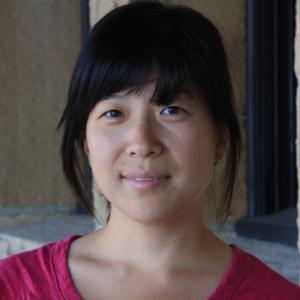
SN: It’s really hard to describe what the editing was like for this film. First off, since it was our first feature, there was a lot of trial and error. I’ve also never cut a film longer than 20 minutes before, so we looked to a lot of sports and/or competition films for inspiration like Murderball, Spellbound, Knuckleball!, and The Short Game. Any films that had multiple characters were helpful to watch as well, as I was always trying to get a handle on good transitions between each character’s story. One of the greatest challenges was finding the right moment that would propel the viewer into the next scene while conveying a sense of momentum, rather than arbitrarily jumping around. The anticipation of each tournament and using a countdown really helped with that forward movement as well. And then of course the most important part of the editing process was showing a work-in-progress to our trusted network of friends (and sometimes strangers) to find out what was or wasn’t working. Every single time we did that, the film got a little bit better.
We arrive at the Olympics in the film and everything is taken up a notch. It’s such a large event and so much going on and it’s hard not to be really rooting at that time. What was it like filming at the Olympics?
SN: It was one of the most memorable shoots to date. This is sort of a spoiler, so please read at your own risk! There wasn’t a lot of pressure on the U.S. to perform well since China and other countries from Asia always dominate. So it was really just a sigh of relief for our subjects to even get there. But then, much to everyone’s surprise, Ariel had one of the most magnificent and talked about runs at the Olympics, with an incredible match against China’s Li Xiaoxia (the #2 player in the world). Even though she lost, her performance was so impressive that, for the first time, people were discussing the possibility of the first-ever medal for the U.S. And hopefully Mina and I will be in Rio in 2016 to find out!

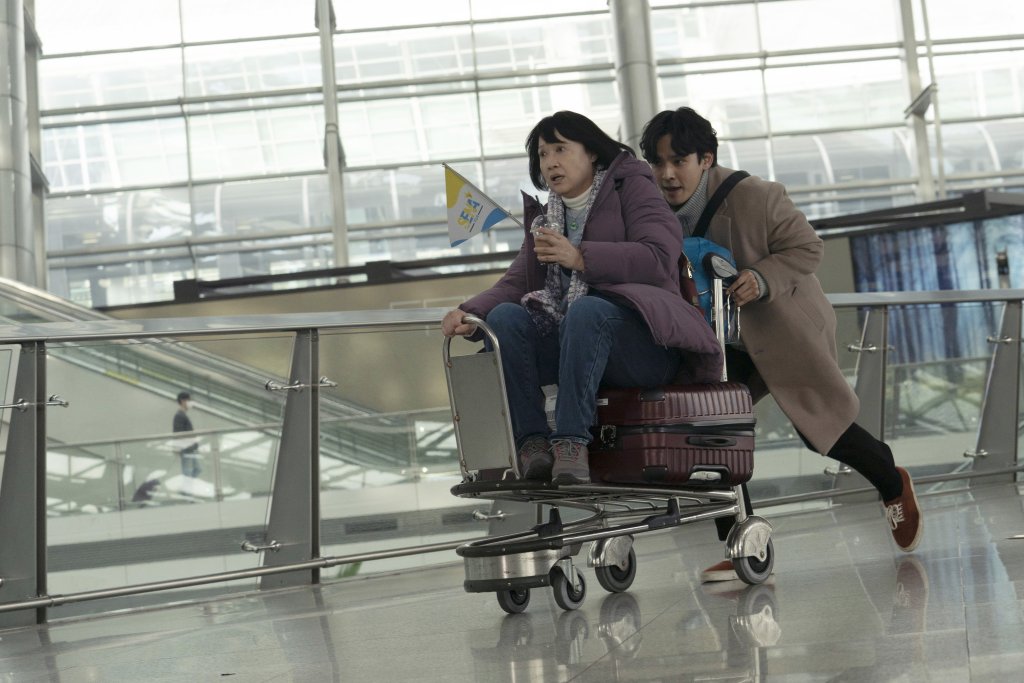
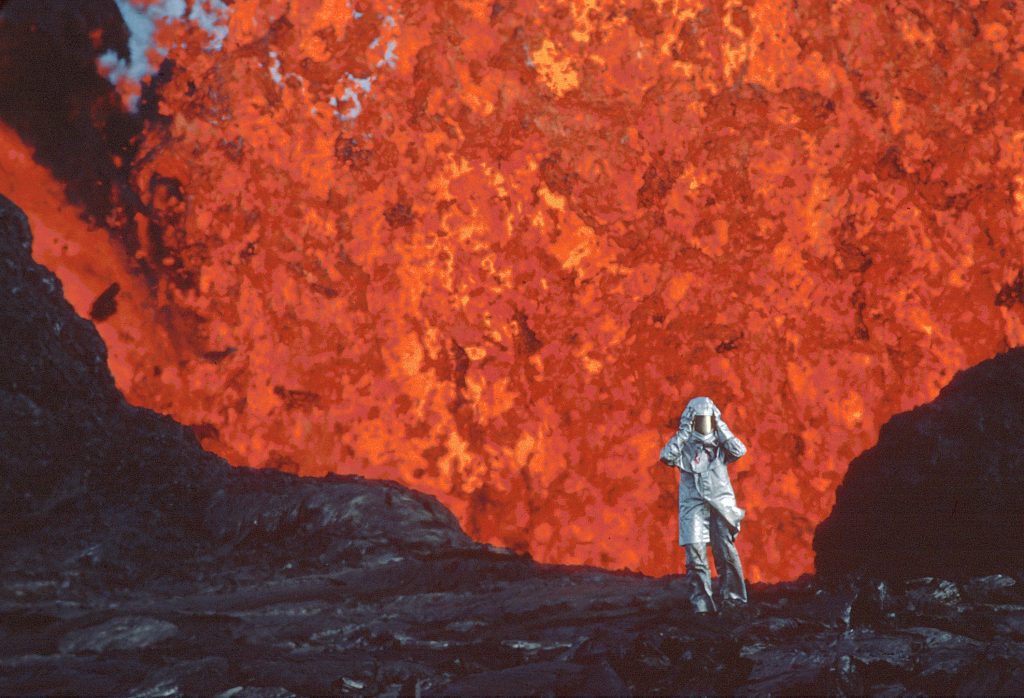

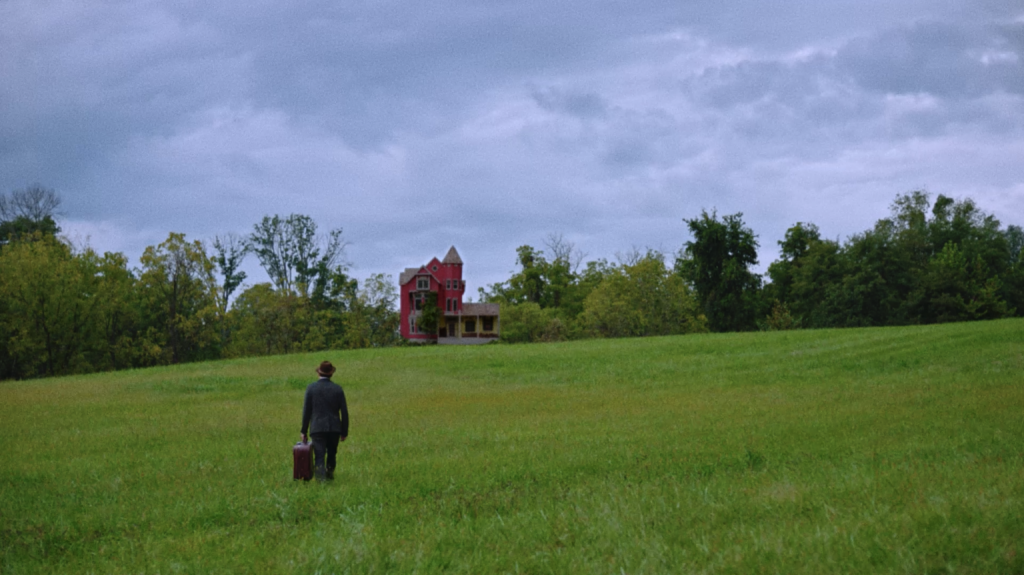
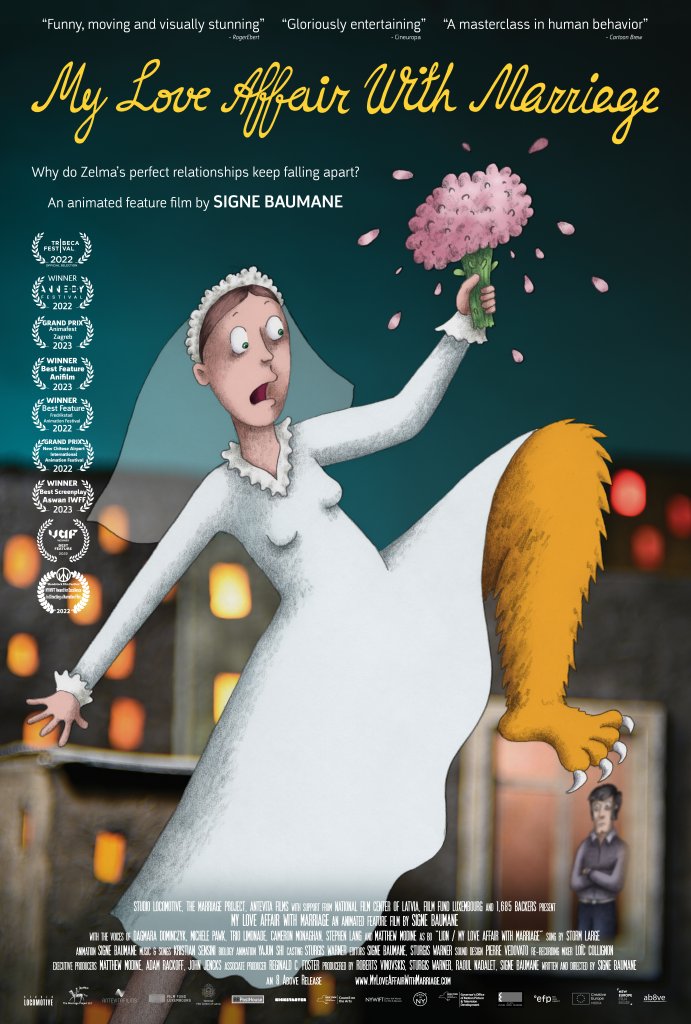
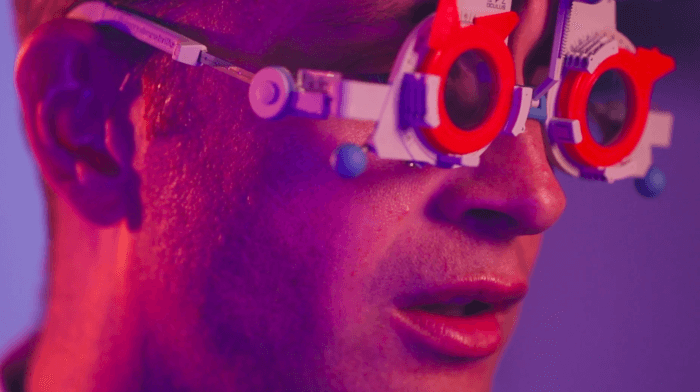
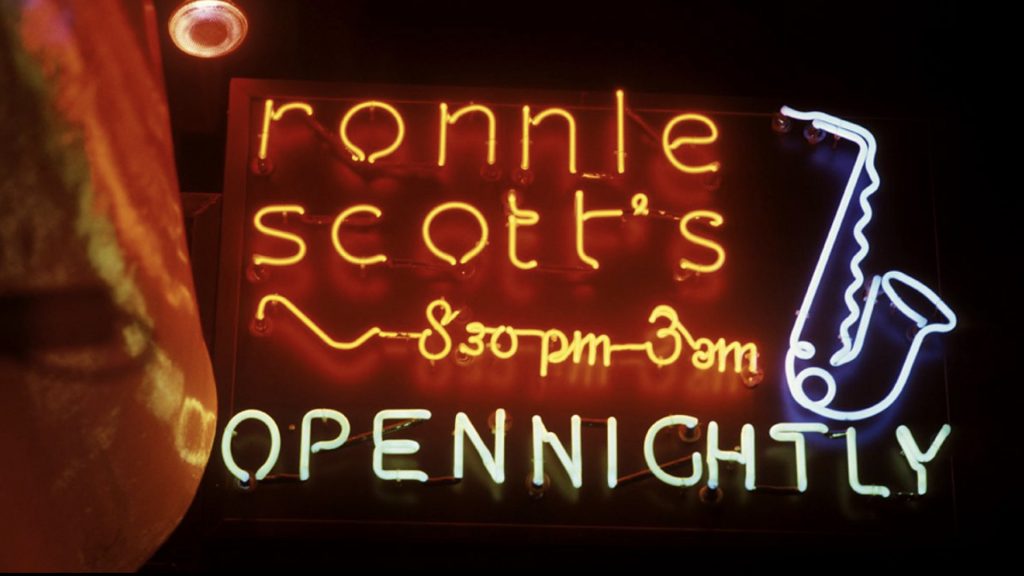

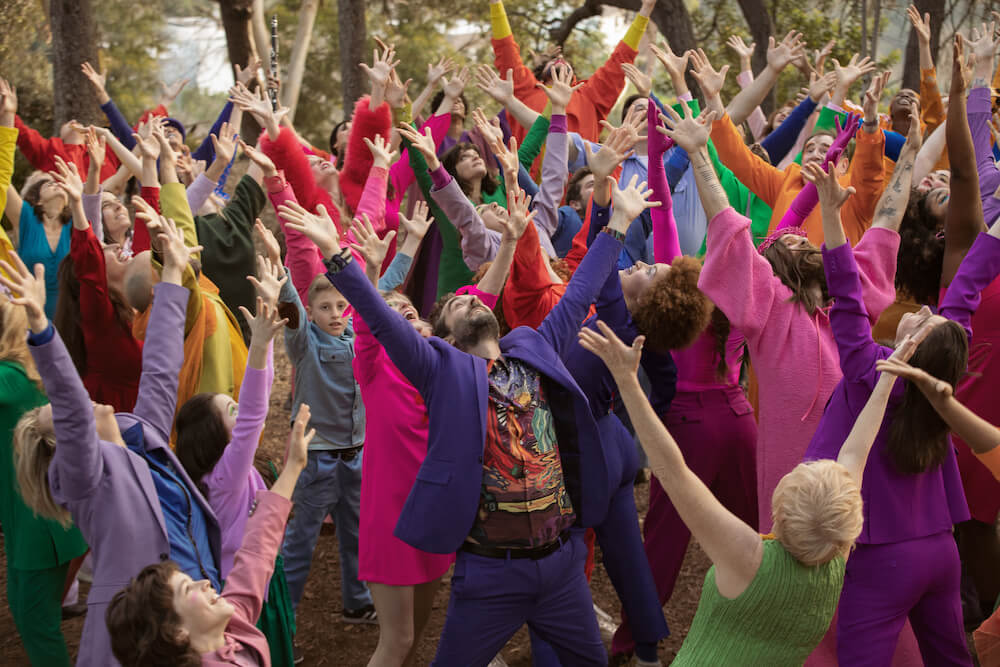

Responses